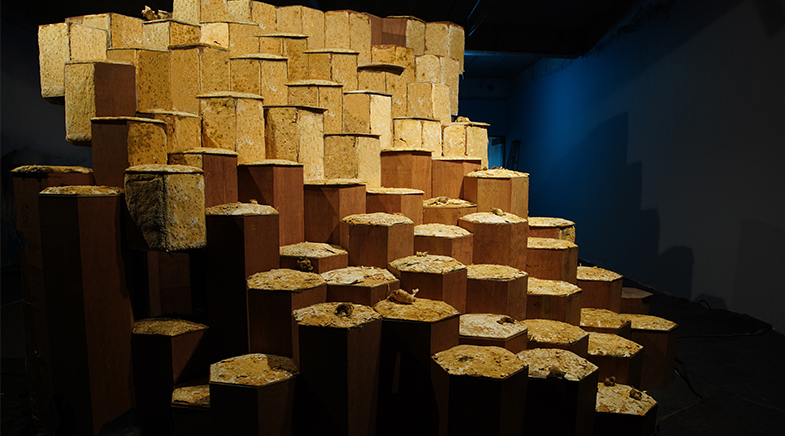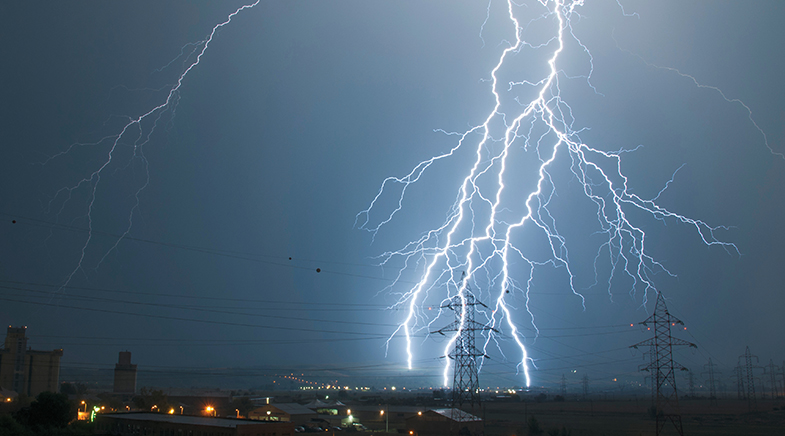Starry, starry nights; swirling, swirling matter
-
- from Shaastra :: vol 04 issue 06 :: Jul 2025

With the biggest camera ever, an observatory shoots its first images.
Acar-sized camera with the largest lens ever made has just released its first image of the night sky. The star-studded picture, made public on June 23 by the NSF-DOE Vera C. Rubin Observatory in Chile, comprises over 1,100 images captured by its telescope. Containing some 10 million galaxies, it captures about 0.05% of the 20 billion galaxies the observatory plans to record digitally in the next 10 years.
Perched on the Cerro Pachón mountain — 2,647 metres above sea level — the 18-storeyed observatory studies the southern sky. Many factors recommend this location, including dry air, low levels of turbulence and clear skies. The largest ever camera has a lens 5.1 feet in diameter.
Named after the American astronomer Vera C. Rubin, whose groundbreaking study of dark matter significantly advanced the field of astrophysics, the observatory seeks to study dark matter, dark energy, and other large-scale mysteries of space and time. The observatory will conduct, over the next decade, the Legacy Survey of Space and Time (LSST), as the 10-year survey is called. Each point on the southern sky will be imaged about 800 times. "...Humanity will have a sharp multi-colour time-lapse view of the dynamic cosmos over ten years," says astrophysicist Prajval Shastri, Emeritus Professor at the Raman Research Institute, Bengaluru.
The Simonyi Survey Telescope will capture broad swathes of the sky and, every three days, reimage the same spot.
The observatory's Simonyi Survey Telescope will capture broad swathes of the sky and, every three days, reimage the same spot. This will enable it to record images of near-Earth objects, asteroids that change their position in the sky, supernovae, and other celestial events. "Rubin will make giant strides in monitoring both small and distant asteroids to assess the likelihood of these impacting the Earth," Shastri says. According to her, if cosmic neutrinos or ripples in the fabric of space-time are detected by other observatories from somewhere in the sky, Rubin will be able to quickly switch there to help zero in on the likely direction and therefore on the physical object which is their source. "Neutrino physics and neutron star physics are therefore set to leap into maturity," she says.
The LSST data will be made available to everyone, unlike output from the James Webb and other such space telescopes, which is mainly for astronomers. "Rubin will thus not be driven by individualised investigations but instead generate a giant data repository of our shared skies, enabling a large diversity of investigations across the globe, which is bound to result in insights both foreseen and unforeseen," says Shastri.
See also:
Have a
story idea?
Tell us.
Do you have a recent research paper or an idea for a science/technology-themed article that you'd like to tell us about?
GET IN TOUCH














